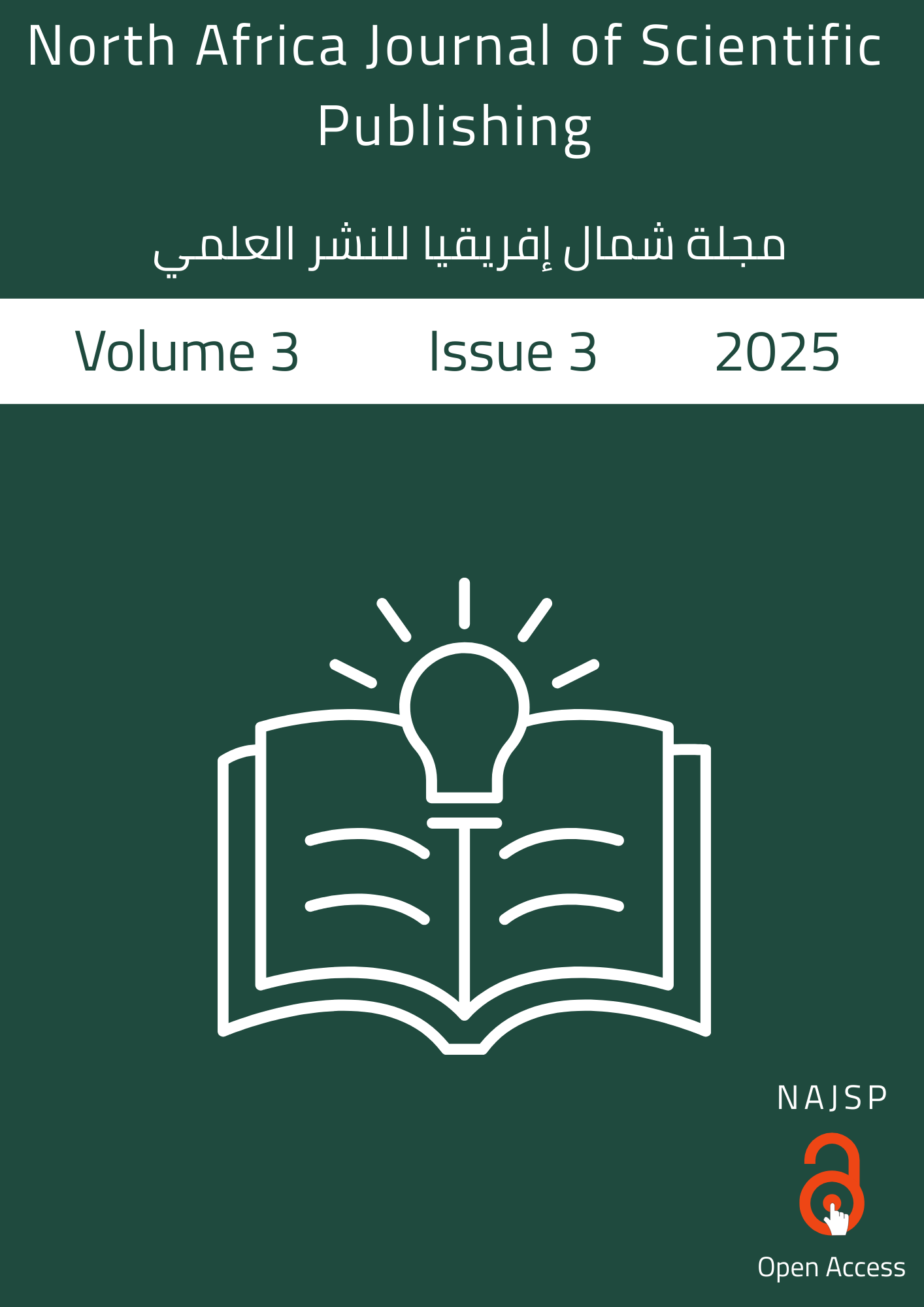Prediction of Compressive Strength in Slag-Cement Mortar
DOI:
https://doi.org/10.65414/najsp.v3i3.629Keywords:
Compressive Strength, Mortar, Slag-cementAbstract
Mortar, a basic building material, plays a pivotal role in binding masonry units and in applications such as iron cement. Its compressive strength is a key quality indicator and is influenced by various factors, including water-cement ratio, additives, curing conditions, and mix proportions. The increasing use of complementary cementitious materials, such as ground granulated blast furnace slag (GGBFS), in composite cements offers environmental and economic benefits. While the positive effect of slag on the compressive strength of concrete and mortar is well documented, its behavior with different cement types requires trial mixes, a time-consuming and expensive process. This study focused on determining the compressive strength of a slag-cement mortar for 28 days. The experimental design included several specific constraints to ensure consistency and control: The Binder-to-sand ratio in the mixture used 1:2, 1:2.5, and 1:3. GGBFS was used as a partial replacement strengthening agent at levels of 35%, 45%, and 55% of the total binder weight. This study experimentally investigated the water content of a slag-cement mortar to achieve a target flow value and evaluated its compressive strength. The results confirm that slag, as a partial cement replacement, enhances the compressive strength of mortar and demonstrate the suitability of NNA for accurate strength prediction.







